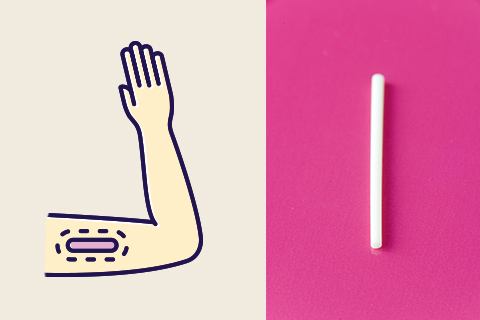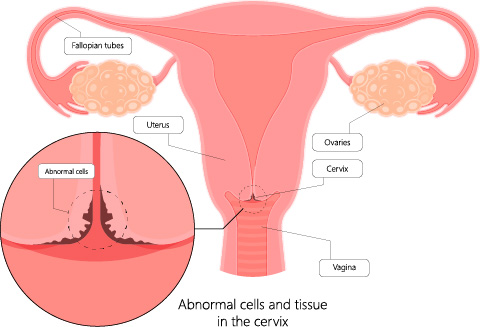Urinary Incontinence Treatment
Urinary Incontinence (UI) is a condition where a person is unable to control the loss of urine. There are many causes of UI and treatment is based on the cause.

What is bladder training?
Bladder training is a way of learning to manage UI. It is generally used for stress incontinence, urge incontinence or a combination of the 2 types (mixed incontinence). Stress incontinence is when urine leaks because of sudden pressure on your lower stomach muscles, such as when you cough, laugh, lift something or exercise. Urge incontinence is when the need to urinate comes on so fast that you can’t get to a toilet in time. Some bladder training techniques are explained below.
How can bladder training help?
Bladder training can help in the following ways:
- Lengthen the amount of time between bathroom trips.
- Increase the amount of urine your bladder can hold.
- Improve your control over the urge to urinate.
Where do I start?
Ask your doctor to outline a program of care. This may include medication and/or bladder training. Three bladder-training methods are listed below. Your doctor may recommend 1 or more of these methods to help control your incontinence.
• Kegel exercises:These are exercises that help strengthen the muscles you use to stop the flow of urine. For more information, see Kegel Exercises.
• Delay urination:Some people who have urge incontinence can learn to put off urination when they feel the urge. You start by trying to hold your urine for 5 minutes every time you feel an urge to urinate. When it’s easy to wait 5 minutes, you try to increase the time to 10 minutes until you’re urinating every 3 to 4 hours. When you feel the urge to urinate before your time is up, you can try relaxation techniques. Breathe slowly and deeply. Concentrate on your breathing until the urge goes away. Kegel exercises may also help control urges.
• Scheduled bathroom trips:Some people control their incontinence by going to the bathroom on a schedule. This means that you go to the bathroom at set times, whether you feel the urge or not. For example, you might start by going to the bathroom every hour. Then gradually you increase the time until you find a schedule that works for you.
Keep in mind that bladder training can take 3 to 12 weeks. During your training program, your doctor may have you keep track of the number of urine leaks you have each day. This will help you and your doctor see if bladder training is helping. Don’t be discouraged if you don’t have immediate results or if you still experience some incontinence.
What else can I do?
You may find it helpful to make some changes in your diet. Alcohol, caffeine, foods high in acid (such as tomato or grapefruit) and spicy foods can irritate your bladder. Talk to your doctor if you think your diet may contribute to your incontinence.
Some people find that limiting how much they drink before bedtime helps reduce nighttime incontinence.
Losing weight if you are overweight can also help reduce incontinence.
Are there other ways to treat incontinence?
Yes. Treatment depends on what type of urinary incontinence you have and what is causing it. Medicines or medical devices can treat some types of urinary incontinence. In some cases, surgery may be an option.
What does surgery involve?
There are a hundreds of incontinence procedures. The most common are intended to address relaxation in the bladder neck that allows stress incontinence. One procedure performed by physicians at OBGYN of Atlanta for appropriate patients is the Transobturator Tape (TOT) procedure.
The TOT is used to lift a woman’s sagging bladder or urethra into normal position. The procedure places a narrow band of tape under the urethra. The tape supports the urethra and bladder like a hammock.
Why do I need it?
Your doctor may recommend a TOT procedure to treat stress incontinence. Stress incontinence is when extra pressure on your full bladder — for example, pressure from an activity like coughing, sneezing, laughing, running, or lifting — causes you to leak urine. The leakage stops when the activity stops.
Stress incontinence is fairly common among women. It is caused by weakness in the muscles and tissues that surround the bladder and urethra. The weakness prevents the urethra from closing, so urine leaks out. The support provided by TOT can often relieve or correct this leakage.
How is it done?
TOT procedures are called minimally invasive because unlike “open” surgeries, they require only very small incisions (cuts) in the groin, lower abdomen, and vagina. During the procedure, the surgeon passes the tape — a narrow band of synthetic material — through these cuts, slinging it around the urethra to lift and support the urethra and bladder. The surgeon adjusts the tape during surgery to provide the right amount of support.
After the surgery the tape stays in place. The tape does not protrude outside your body. The small stitches that close the incisions slowly dissolve in the days after the procedure. The tape material may differ depending on the procedure. Your doctor will explain the approach recommended for your procedure.
TOT procedures last about 30 minutes. Most patients are able to go home the same day. Recovery depends on other procedures, which may be done along with the TOT, and on a person’s overall medical condition.
Let's stay in touch
Our monthly newsletter keeps you up-to-date on healthy lifestyle, latest news, and our practice.





